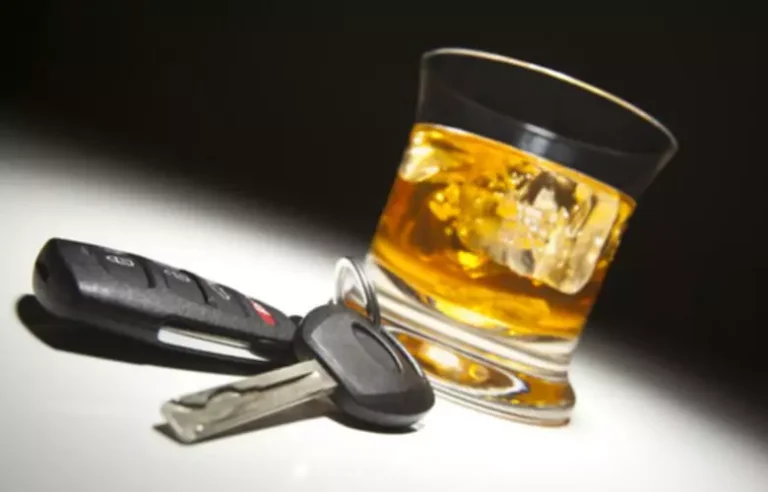Bookkeeping
Alcohol Intolerance: Symptoms, Tests & Alcohol Allergy

It’s a topical therapy that lessens facial redness temporarily. The medicine works by reducing the size of very small blood vessels. As a result, acetaldehyde builds up in the body after alcohol consumption, which causes the characteristic flushing of the face. Although anyone can lack this gene, it is more common for people from East Asia not to have it. In this article, we examine why some people experience facial flushing from alcohol while others do not, the risks of this side effect, and how to prevent it.

What is Alcohol Flush Reaction?

Men may metabolize alcohol more quickly than women since they have higher levels of alcohol dehydrogenase (ADH) in their stomach and liver. As you continue drinking, you’ll still feel euphoric and relaxed, but the harmful effects of alcohol will intensify. You’ll experience further loss of memory, balance, and coordination.
Risk factors
- When you have food in your stomach, your ADH levels are higher, and your body can process alcohol more efficiently.
- Facial flushing while drinking is usually due to an ALDH2 deficiency, which may make alcohol consumption more harmful to your health.
- If you’re dealing with a hangover, you’ve probably even tried some of the various home remedies to alleviate the usual headache, nausea, and lethargy.
- Some may graduate to higher doses because they begin to gain tolerance or take another pill about four hours later, Davies said.
These factors mean that alcohol is processed at a slower rate, increasing the amount of alcohol absorbed into the body. Just because alcohol is out of your blood doesn’t mean that it’s no longer detectable in your system. Even hours after your blood alcohol content is at 0, alcohol can still be detected in a urine test. Once swallowed, alcohol enters the digestive system, travels to flush alcohol the stomach and small intestine, and is absorbed into the bloodstream. Once in the blood, alcohol moves throughout the entire body and eventually ends up in the liver, where most alcohol metabolism occurs. What’s more is that alcohol is packed with sugar, and some drinks such as beer, wine, and champagne are fermented as well.
Why your face may turn red when you drink.
Your body naturally metabolizes alcohol and removes the toxins. However, long-term or excessive use can slow down that process and could damage your heart, liver, kidneys, and gut health. Alcohol can be metabolized faster when you have eaten prior to drinking. When you have food in your stomach, your ADH levels are higher, and your body can process alcohol more efficiently. Food also keeps alcohol in the stomach longer, so some of it is metabolized before traveling to the small intestine.
How is Alcohol Metabolized?
- While the flushing itself isn’t harmful, it may be a warning sign of other risks.
- In addition, disulfiram, a medication used to treat alcohol use disorder, alters alcohol metabolism so that acetaldehyde builds up when a person drinks alcohol.
- You may be underestimating how much you drink because you (or your generous friend) aren’t using standard measurements.
- These might be signs of alcohol intolerance, an inherited disorder.
- But if hangovers become more frequent, it might be time to get some help to cut back on your consumption.
Histamine-2 (H2) blockers can be used to control alcohol flush reactions. These medicines work by slowing the breakdown of alcohol to acetaldehyde. If the ALDH2 enzyme does not break down Acetaldehyde, the level of acetaldehyde builds up in the blood. This can cause flushed skin, a rapid heartbeat, high blood pressure, and other symptoms of alcohol flush. Alcohol intolerance is caused by a genetic variant or mutation in the ALDH2 enzyme. This makes it unable to break down the toxic byproduct acetaldehyde efficiently.
After a glass or two of red wine, in particular, my face would suddenly become bright red—an annoying detail, sure, but the real annoyance was just how hot it felt after drinking. Sometimes, this was accompanied by a slightly stuffy nose, too. I would ask myself, only to answer my own question the next time I drank wine with no side effects whatsoever. Then, as soon as I’d experience the flushed feeling again, the same questions arose. I decided to talk to some experts to find out exactly what was happening to my face when I drank alcohol.

But, the “non-flushers” were only more likely to have high blood pressure if they had more than eight drinks a week. Getting intoxicated happens when you ingest enough alcohol into the body, but how the body breaks down the alcohol determines whether or not you have alcohol intolerance. A topical solution, Brimonidine, is also a popular treatment for flushing. This substance is applied to the affected areas to reduce the size of blood vessels temporarily. The Centers for Disease Control and Prevention (CDC) recommends that if people choose to drink, they do so in moderation.

What to know if you’re a casual drinker
This comic highlights that besides alcohol, another source of aldehyde exposure is cigarettes and e-cigarettes. Aldehydes, including acetaldehyde, formaldehyde, and acrolein are inhaled when using e-cigarettes (Yu, 2022). You can find full details of the symptoms of cancer of the oesophagus on the NHS website. Training for professionals should cover Asian alcohol intolerance and give them a grounding in the East Asian experience and how it might influence patients’ ideas about alcohol and drinking behaviours. There appears to be a belief amongst some that it is possible to overcome alcohol intolerance by carrying on drinking and developing a tolerance to alcohol. In reality, if your alcohol intolerance is genetic, it will not reduce over time and drinking more alcohol will only make it more intense.